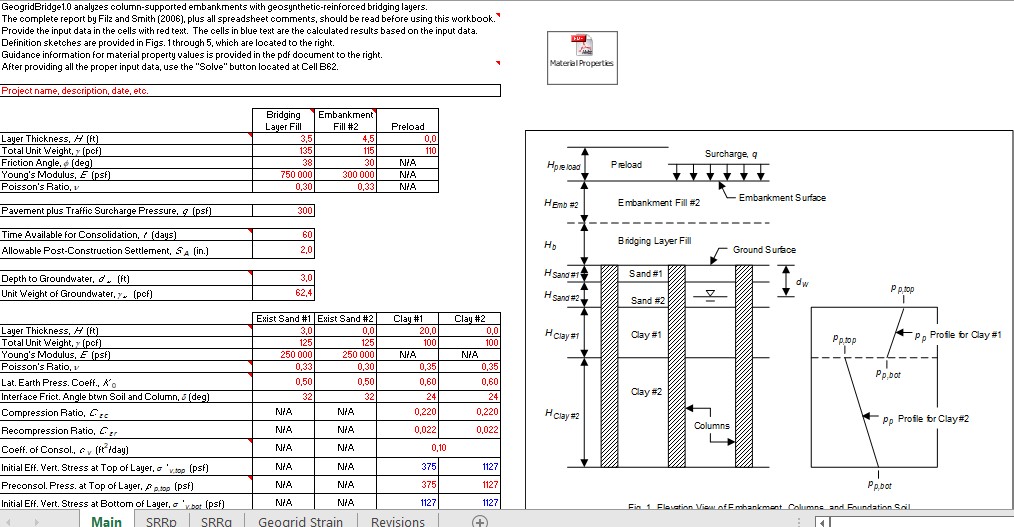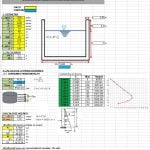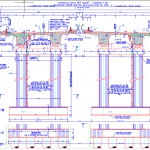
Geogrid Bridge Calculation Spreadsheet
3 January 2025Geogrid Bridge Calculation Spreadsheet
In today’s fast-paced world, infrastructure demands are at an all-time high. As populations grow and economies expand, engineers are seeking smarter, cost-effective, and sustainable solutions for building and maintaining structures. Among these innovations, the geogrid bridge has emerged as a groundbreaking technology that is reshaping the way we approach infrastructure development. In this article, we will explore what geogrid bridges are, their benefits, and why they are gaining traction globally.
What is a Geogrid Bridge?
A geogrid bridge leverages geogrid materials—high-strength polymer grids—to enhance the stability and longevity of the structure. Geogrids are primarily used for soil reinforcement, providing superior load distribution and preventing soil erosion. By integrating geogrids into bridge design, engineers can create robust structures that require less material while delivering exceptional performance.
This innovative approach often involves the use of geogrids in the substructure or abutments, where they act as a reinforcing element. The result is a bridge that not only supports heavy loads but also adapts to various environmental challenges, including soft soils, seismic activity, and flooding.
Key Benefits of Geogrid Bridges
- Cost-Effective Construction Geogrid bridges significantly reduce the amount of traditional construction materials, such as concrete and steel. This leads to lower costs without compromising structural integrity.
- Enhanced Durability Geogrids improve load distribution and minimize stress on the structure, extending the bridge’s lifespan. They also resist environmental degradation, such as corrosion and UV damage.
- Eco-Friendly Solution With reduced material usage and the ability to utilize locally sourced fill materials, geogrid bridges have a smaller carbon footprint compared to conventional bridges.
- Faster Installation The lightweight nature of geogrids simplifies transportation and installation, leading to quicker project timelines and reduced labor costs.
- Adaptability to Challenging Conditions Whether it’s soft soils, steep slopes, or areas prone to natural disasters, geogrid bridges offer unparalleled versatility and stability.
Applications of Geogrid Bridges
Geogrid bridges are versatile and can be used in various settings, including:
- Rural and Remote Areas: Ideal for regions with limited access to traditional construction materials.
- Temporary Structures: Perfect for military or emergency relief operations where speed is essential.
- Urban Developments: Used in pedestrian bridges, overpasses, and other urban infrastructure projects.
- Environmentally Sensitive Zones: Suitable for areas where minimizing ecological impact is crucial.
Why Geogrid Bridges are the Future
The demand for sustainable and cost-effective infrastructure solutions is driving the adoption of geogrid bridges worldwide. Governments, engineers, and contractors are increasingly recognizing the value of this technology for both large-scale and small-scale projects. With ongoing advancements in material science and engineering, geogrid bridges are poised to become a standard in modern construction.
Conclusion
Geogrid bridges represent a paradigm shift in infrastructure design, offering a blend of strength, sustainability, and affordability. As the world faces mounting challenges in construction and environmental conservation, this innovative technology provides a viable path forward. By adopting geogrid bridges, we can build smarter, stronger, and more resilient infrastructure for generations to come.








